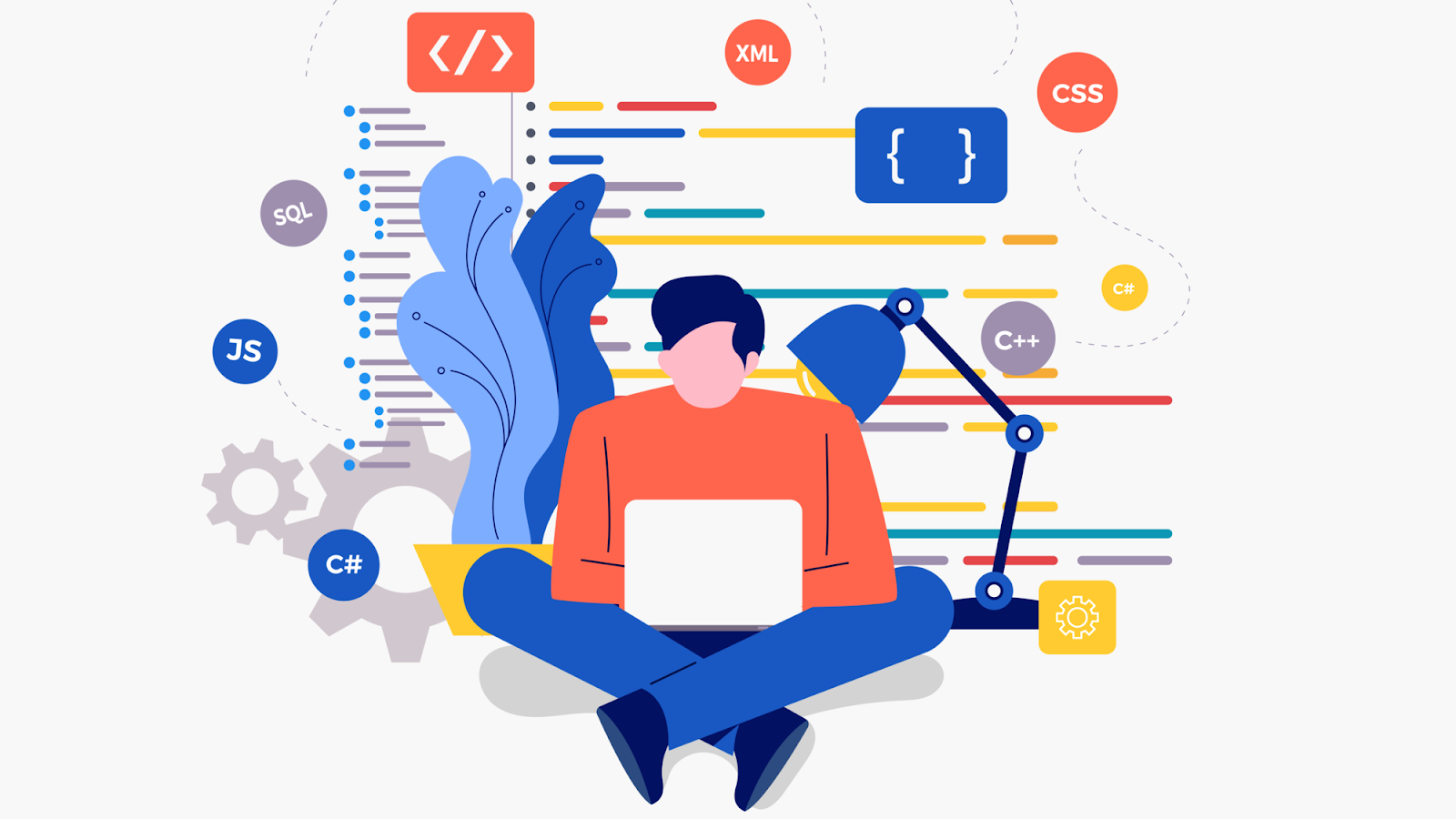EMBEDDED DATA MANIPULATION LANGUAGE
Consider yourself writing a C++ code and having to update a database. Previously, you would develop two different programs: one for the SQL query and another for the C++ logic. This barrier is broken down by EDML. With it, you may include SQL statements straight into your C++ code. This produces a potent combination that lets you take advantage of your host language's processing capability while manipulating data with SQL's advantages.
How Does It Operate?
EDML is not a language that stands alone. This method incorporates SQL into an already-existing programming language, sometimes referred to as the host language. Here's a simplified breakdown:
EDML is not a language that stands alone. This method incorporates SQL into an already-existing programming language, sometimes referred to as the host language. Here's a simplified breakdown:
1. Embed SQL Statements: Write your SQL queries right into the code of your host language by embedding them. These might be simple commands like UPDATE or SELECT statements.
2. Preprocessing: A preprocessor then enters center stage. The embedded SQL statements are recognized and kept separate from the host language code.
3. Translation: Preprocessors translate SQL statements into calls to the libraries of database management systems (DBMS). These libraries have an understanding with how to communicate with the particular database you are using.
4. Compilation Integration: Your host language code and the preprocessed code—which now includes calls to the DBMS libraries—are then compiled together.
5. Database: When you run the final program, the DBMS libraries take over for the embedded SQL statements. They execute the queries on the database and return the results back to your program.
EDML: Advantages
- Conciseness: EDML maintains the order and cleanliness of your code. No more switching between different apps to interface with databases.
- Efficiency: EDML may simplify your development process by integrating the best features of two languages.
- Maintainability: Because the database logic is clearly segregated inside the program itself, EDML code may be simpler to maintain.
Is EDML the right tool for you?
For developers who often work with databases from within their applications, EDML is a useful tool. When managing data in languages such as C, C++, COBOL, or Fortran, EDML may be a game-changer.
Explore More:
EDML is an effective method, but it is only one way to interface with databases from within a program. Dive further into SQL and popular database management systems to realize the full power of data manipulation!




Comments
Post a Comment